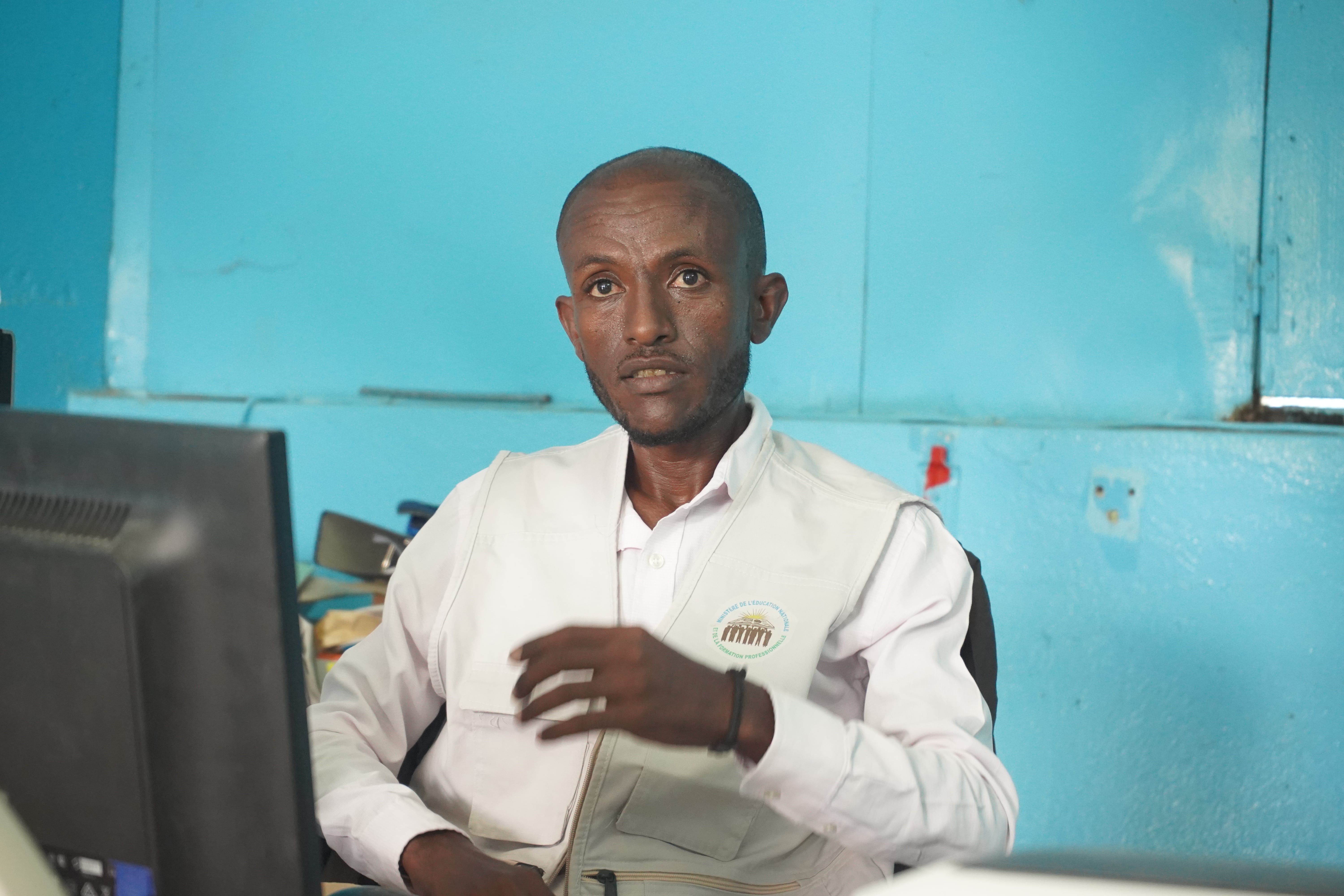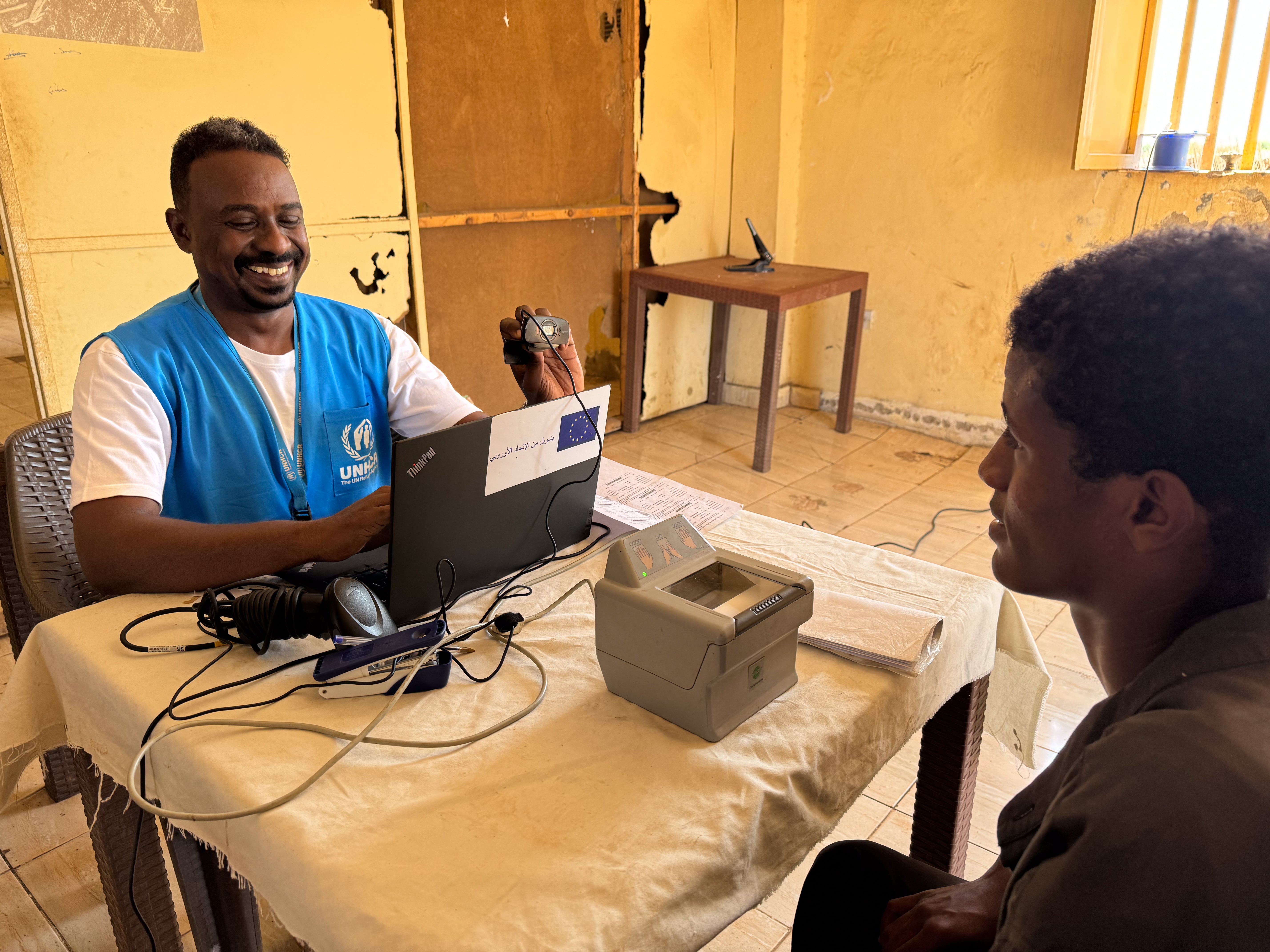Prioritizing the Rights of Children: A Call to Action on International Migrants Day
Prioritizing the Rights of Children: A Call to Action on International Migrants Day
A Joint Statement by IOM, Save the Children, UNHCR, and UNICEF
18 December is International Migrants Day. To mark this day, we honour the contributions of migrants throughout the Eastern and Southern Africa region and make a call to action for their rights to be respected, protected and fulfilled.
Globally, nearly 281 million people, out of which 35.5 million are children1, live outside their country of birth. For some, migration is a choice – for work or to reunite with family. But for others, it is an act of necessity. Climate-induced disasters, conflict, poverty, and other factors push people to leave behind the life they know in search of livelihood opportunities, safety and dignified living. Those on the move include a mix of migrants, victims of trafficking and others. Many endure perilous journeys and move in an irregular manner, often facilitated by smugglers or traffickers, across dangerous migration routes.
Among these vulnerable groups are children, whose journeys are often the most dangerous.
The numbers are stark. In Africa alone, according to UNICEF, as of 2020, there were 6.2 million international migrant children. From January to October 2024, IOM tracked 28,578 child migrants along the Eastern Route, of whom 36 per cent were girls. Of these children, over a quarter (26 per cent) were unaccompanied. While the movements of children along Northern and Eastern Routes, to Europe and the Middle East respectively, are somewhat tracked, their journeys toward Southern Africa—the Southern Routes—remain poorly understood. This gap in information leaves these children even more vulnerable to exploitation and harm.
On dangerous migration routes—whether heading East towards the Gulf, South towards Southern Africa, North towards Europe or moving within the region—children face heightened risks of violence, exploitation, and abuse in various forms. Children are three times more likely than adults to experience violence, exploitation and abuse during their journeys. Many children are detained simply because of their or their parents’ irregular migration status, and their detention can last weeks, months, or even years. Others are trafficked for the purposes of forced labour and sexual exploitation. These and other violations of their human rights leave a long-lasting impact on their physical and mental health as well as their emotional wellbeing.
Our Call to Action
Prioritize Child Rights in Migration Policies
The international community must prioritize and act decisively to protect children on the move. At the heart of this is the fundamental principle enshrined in the Convention on the Rights of the Child, that children on the move are first and foremost children, with inherent rights to protection, inclusion, and participation in all decisions that affect them, regardless of the reasons for their movement and status.
Migration policies and practices must prioritize child rights by strengthening child protection systems to include children on the move and protect them from the risks they face and by removing legal, administrative, and practical barriers to ensure they can access basic services including national education, health, and child protection.
While more needs to be done, Member States through Regional Economic Communities have demonstrated commitment towards addressing the protection needs, risks and vulnerabilities of children on the move. IGAD (the Intergovernmental Authority on Development) and EAC (the East African Community) have developed regional child policies that among others include protection considerations for children on the move, thereby providing an overarching framework for the development and implementation of inclusive national child-centred policies and guidelines. Acknowledging the commitment at the regional level to improve migration governance, including through regional migration policy frameworks and operational tools at the SADC (Southern African Development Community) and IGAD levels, it is urgent to ensure interoperability at the Member State level.
Ending Immigration Detention for all Children is Paramount
Detaining children for immigration reasons is never in their best interests and is a child rights violation. Governments must establish child-sensitive identification and screening procedures and enact legal reforms to prohibit child immigration detention and invest in non-custodial, community-based alternatives that prioritise family unity, appropriate reception, protection, and care.
Enhance Cross-Border Cooperation and Documentation
Governments need to work together, across borders, to ensure migrant children are protected at every stage of their journey and have access to services without discrimination, including specialized and comprehensive child protection services. Implementation of commitments at the global level such as the Global Compact for Migration which sets helpful cooperation frameworks, can play a key role. Bilateral agreements and standard operating procedures that are child rights-based and child-sensitive can be game changers in ensuring children’s safety during transit, at destination, and upon return (if return is in their best interests). As children move across countries, providing essential documentation and proof of identity through improved systems, digitalisation and consular cooperation is critical, particularly along poorly monitored pathways such as the Southern Routes.
Prioritize Community-Based Solutions
Communities are vital in protecting migrant children and offering sustainable solutions and support systems. Engaging with and empowering communities to support children on the move is an investment in their present and future, and in upholding human rights.
A Shared Responsibility: From Commitment to Action
The challenges faced by children on the move demand a collective and urgent response not just across the region, but globally. By prioritizing child rights, strengthening child protection systems, ending immigration detention, and fostering cross-border cooperation, we can make a tangible difference for the safety, dignity, and well-being of every child on the move.
This International Migrants Day and beyond, let us remember our shared responsibility to protect and nurture the most vulnerable amongst us. Let us ensure that the rights of all children are at the heart of our actions, no matter where they are from or where they move to.
Frantz Celestin, IOM Regional Director, East, Horn and Southern Africa Region: “Governments and Non-Governmental stakeholders have a duty to ensure that children on the move have access to timely, quality and comprehensive basic needs and specialized protection services tailored to address their specific needs, risks and vulnerabilities in countries of transit, destination and upon return home. Using the whole of government and whole of society approaches is relevant to ensure their rights are respected, protected and fulfilled throughout migration continuum. The need to enhance, cross-border cooperation among states, address the root causes of irregular migration, enhance the resilience of children and their families through individual and community-based reintegration initiatives and advocate for safe and regular pathways remains critical.”
Yvonne Arunga, Save the Children Regional Director, East and Southern Africa Regional Office: “It is essential to address the root causes of children's vulnerabilities to risky migration by tackling risk factors at the individual, family, community, and structural levels. Equally important is fostering sustainable integration and reintegration processes for children on the move whenever conditions permit in line with the best interests of the child. Their inclusion in national protection systems is critical to ensure enhanced access to essential social services, including healthcare and nutrition, shelter, education, justice, mental health and psychosocial support, and safety net programs”.
Mamadou Dian Balde, UNHCR Regional Director, East, Horn and Great Lakes Region: “We all have a role to play – governments, UN agencies, NGOs - in creating a safer environment for children who have left their home countries. Better protection for these children means facilitating their inclusion into national systems, such as in education and healthcare, while unlocking more opportunities for sustainable responses. Through these joined efforts, including sharing good practices as well as prioritizing the need for evidence-based data to better influence policies, we can, and must, ensure that children whose lives have been upended can experience a safe and stable future.”
Etleva Kadilli, UNICEF Regional Director, Eastern and Southern Africa: “On the 35th anniversary of the Convention on the Rights of the Child, we emphasize every child’s right to protection and care, including children on the move, at every stage of their journey. UNICEF is committed to supporting governments in building inclusive child protection systems that uphold the best interests of the child, especially unaccompanied and separated children. Cross-border mechanisms must be rights-based and child-sensitive, ensuring timely case management, and promoting family unity and reunification.”
1 International Data Alliance for Children on the Move, 9 Facts about Children on the Move: 2024 update, United Nations Children’s Fund, New York, 2024.
END
For more information, please contact:
(UNHCR) Dana Hughes, [email protected],+ 254 717 540160
(IOM) Yvonne Ndege, [email protected], 254 797 735 977
(UNICEF) Sasha Surandran, [email protected], + 254 745 191 754









